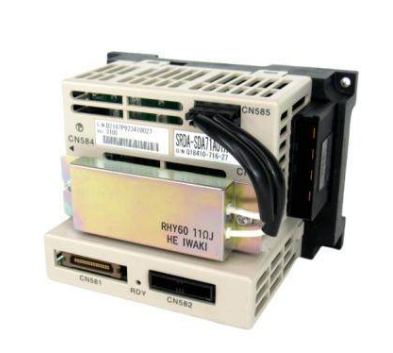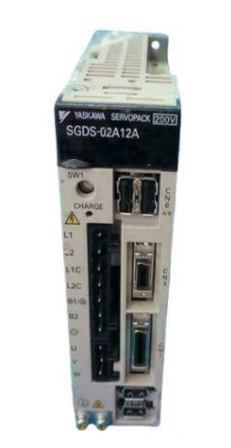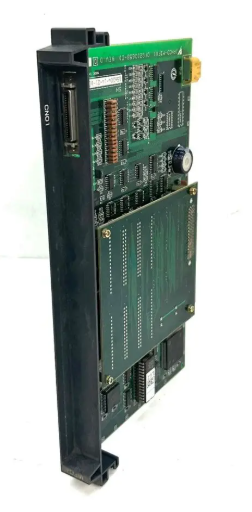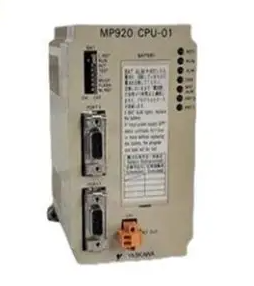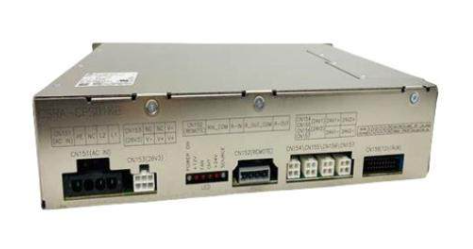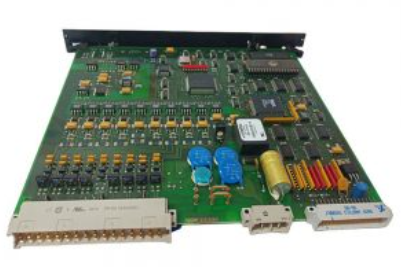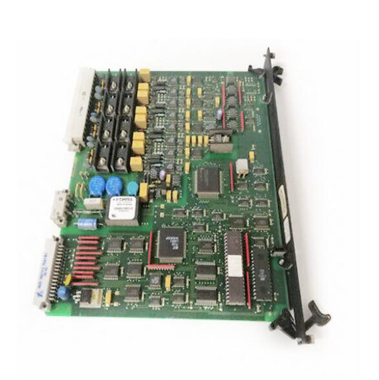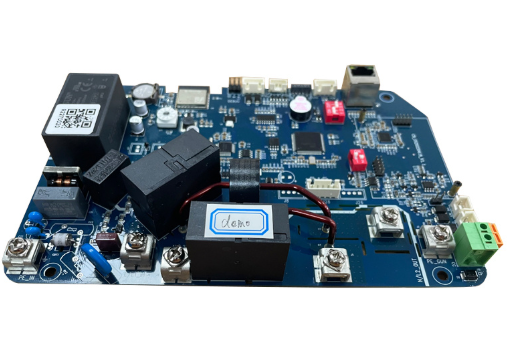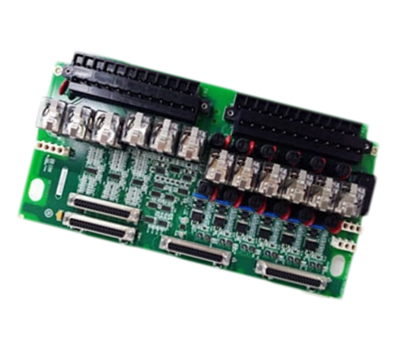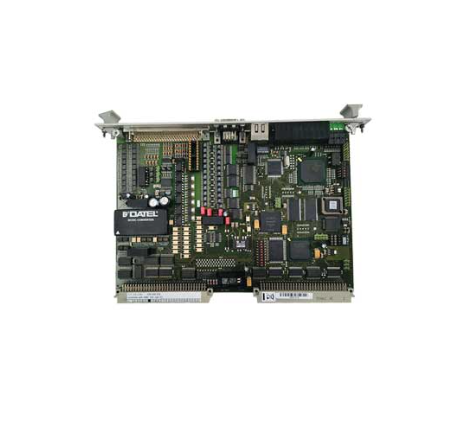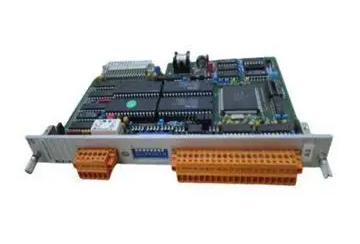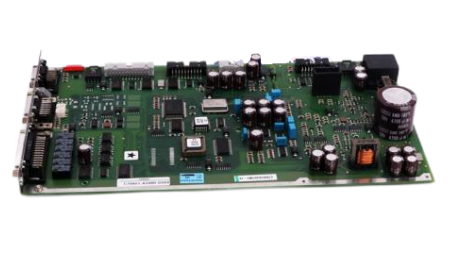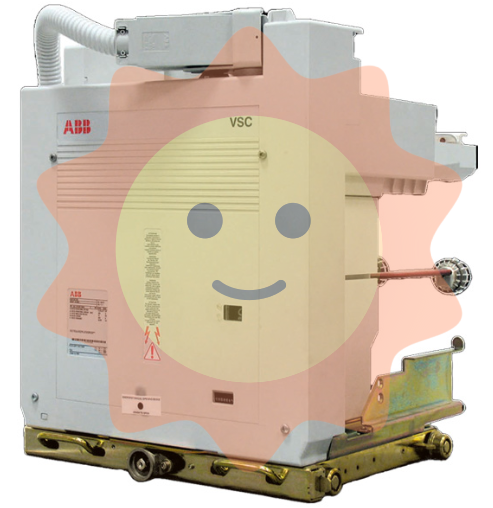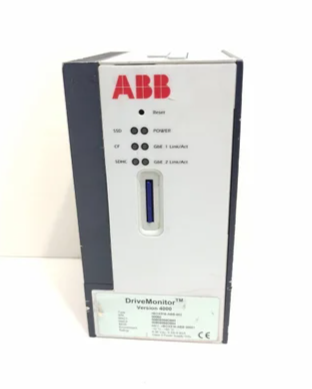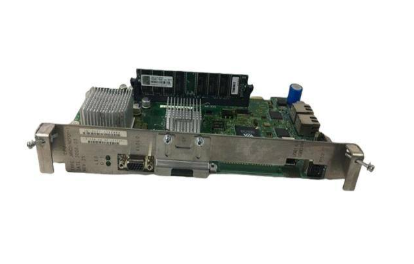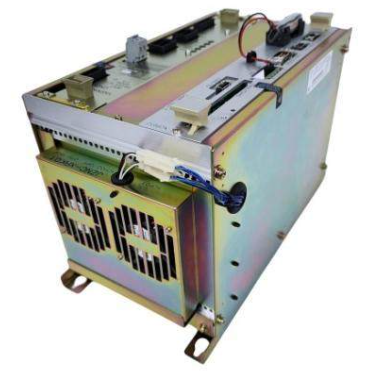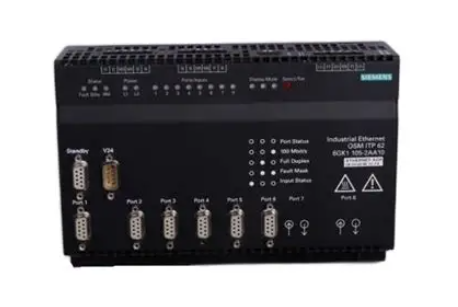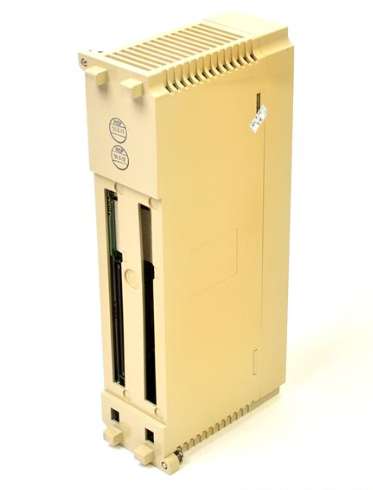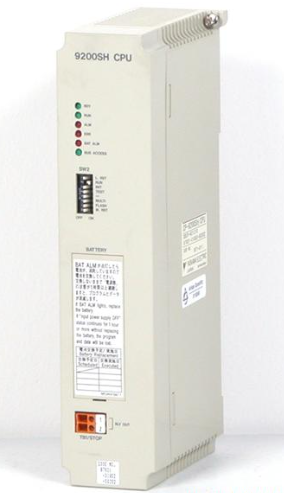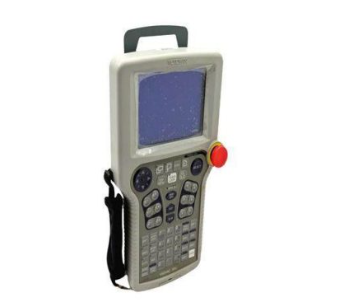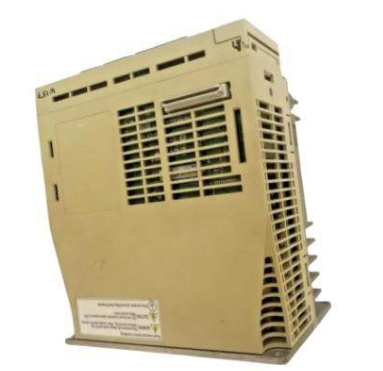AB 1756 ControlLogix System
AB 1756 ControlLogix System
System Overview: ControlLogix systems combine discrete, drive, motion, process, and safety control with communications and advanced I/O capabilities in a modular design that allows for flexible building and expansion. Simple systems consist of a single controller and I/O modules, while complex systems include multiple controllers, distributed I/O, and more. The controllers in this system are part of the Logix 5000 series, capable of communicating and controlling I/O over a variety of networks, and some are available with conformal coatings for use in harsh environments.
System Selection Procedure: There are seven steps to selecting a controller: Getting an overview of the ControlLogix system; selecting an I/O module and an accompanying removable terminal block or wiring system; selecting a communications module, associated cabling, and network equipment; planning for redundancy; selecting the right controller; selecting a chassis with enough slots and a slot filler module; and selecting the right power supply or power bundle.
System Components
I/O modules: These are of various types, including AC and DC digital input and output modules, analogue input and output modules, RTD and thermocouple modules, special function modules, etc. Each module varies in the number of inputs and outputs, voltage ranges, resolution, etc., and needs to be wired with removable terminal blocks or interface modules.
Communication modules: There are corresponding communication modules for different networks, such as EtherNet/IP, ControlNet, DeviceNet, etc., and there are differences in communication rate, number of connections, and applicable scenarios of each module. For example, EtherNet/IP is suitable for high-speed data transmission and integrated motion control, while ControlNet provides deterministic data transmission.
Controllers: There are many types of controllers, such as standard controllers, redundant controllers, non-stored energy (NSE) controllers, etc. Different models have their own characteristics in terms of user memory, number of tasks, communication ports, network connectivity, redundancy support, etc. For example, the ControlLogix controller is used for high-speed data transfer and integrated motion control. For example, ControlLogix 5580 series controllers support different user memory and number of network nodes depending on the model, and some models also have redundancy capabilities.
Chassis and Power Supplies: Chassis are available in standard and ControlLogix-XT types with varying numbers of slots. Power supplies include standard, ControlLogix-XT, and redundant power supplies, so users need to choose the right type of power supply for their needs.
Other components and features: The Compute module communicates with the controller to read and write data; HART smart meters are used to connect to analogue devices and are available in a wide range of products; the system also supports a variety of network connection options and Modbus protocol. In addition, the system features integrated motion control for connecting multiple types of drives and motors.
1756 - CFM Configurable Flowmeter Module: With 4 inputs (2 per channel) and 2 outputs, this is a current source module. Its main function is for flow measurement and control, the 2 Flowmeter (F) inputs can be used in all modes, while the 2 Gate inputs are used for prover/store counting in Totaliser mode. They are commonly used in industry to monitor the flow of liquids or gases and provide data to support the precise control of production processes.
1756 - HSC High Speed Counter Module: The module is equipped with 2 counters, each with 3 inputs (A, B, Z for gate/reset) and 4 outputs (2 points/group). Both 5V (4.5...5V DC) and 12/24V (10...26.4V DC) operating voltages are supported. Widely used in scenarios where high-speed pulse signals need to be counted and processed, e.g. in automated production lines for precise measurement of parameters such as motor speed, object speed or position.
1756 - LSC8XIB8I Low-speed counter module: with 8...24V DC counter and 8 individually isolated standard inputs or counters. They can be operated at 8...40 kHz and are suitable for applications where relatively low counting speeds are required. For example, in low-speed motion control or simple counting applications, events can be accurately counted and controlled.
1756 - PLS Programmable Limit Switch Module: This module has a unique structure with 2 sets of 4 outputs and 4 inputs on the left and right, and a resolver interface and I/O control in the centre. It is mainly used to realise the programmable limit control function, through the precise control of the input and output signals, it can accurately judge and control the position of the object during the movement of the mechanical equipment, and prevent the equipment from malfunctioning or being damaged due to the exceeding of the limit position.

- EMERSON
- Honeywell
- CTI
- Rolls-Royce
- General Electric
- Woodward
- Yaskawa
- xYCOM
- Motorola
- Siemens
- Rockwell
- ABB
- B&R
- HIMA
- Construction site
- electricity
- Automobile market
- PLC
- DCS
- Motor drivers
- VSD
- Implications
- cement
- CO2
- CEM
- methane
- Artificial intelligence
- Titanic
- Solar energy
- Hydrogen fuel cell
- Hydrogen and fuel cells
- Hydrogen and oxygen fuel cells
- tyre
- Chemical fiber
- dynamo
- corpuscle
- Pulp and paper
- printing
- fossil
- FANUC
- Food and beverage
- Life science
- Sewage treatment
- Personal care
- electricity
- boats
- infrastructure
- Automobile industry
- metallurgy
- Nuclear power generation
- Geothermal power generation
- Water and wastewater
- Infrastructure construction
- Mine hazard
- steel
- papermaking
- Natural gas industry
- Infrastructure construction
- Power and energy
- Rubber and plastic
- Renewable energy
- pharmacy
- mining
- Plastic industry
- Schneider
- Kongsberg
- NI
- Wind energy
- International petroleum
- International new energy network
- gas
- WATLOW
- ProSoft
- SEW
- wind
- ADVANCED
- Reliance
- YOKOGAWA
- TRICONEX
- FOXBORO
- METSO
- MAN
- Advantest
- ADVANCED
- ALSTOM
- Control Wave
- AB
- AMAT
- STUDER
- KONGSBERG
- MOTOROLA
- DANAHER MOTION
- Bently
- Galil
- EATON
- MOLEX
- Triconex
- DEIF
- B&W
- ZYGO
- Aerotech
- DANFOSS
- KOLLMORGEN
- Beijer
- Endress+Hauser
- MOOG
- KB
- Moxa
- Rexroth
- YAMAHA
- Johnson
- Westinghouse
- WAGO
- TOSHIBA
- TEKTRONIX
- BENDER
- BMCM
- SMC


Email:wang@kongjiangauto.com


